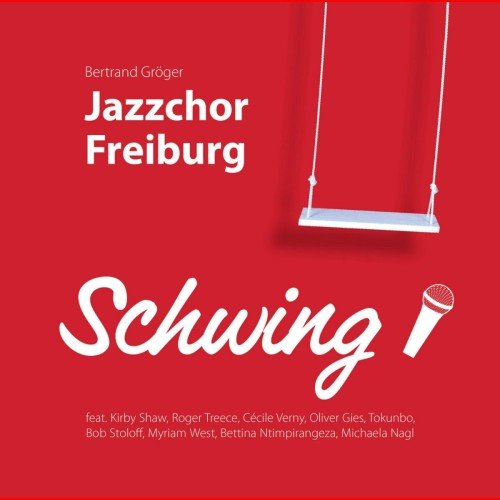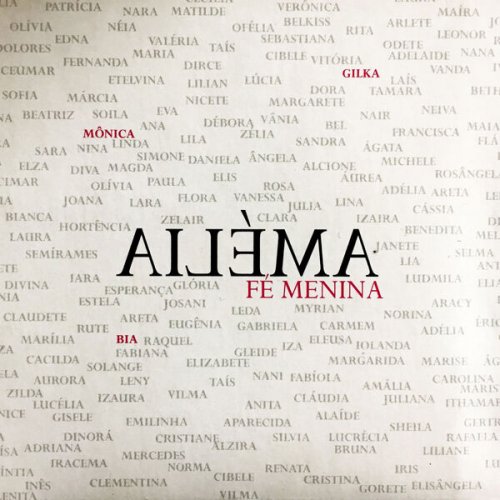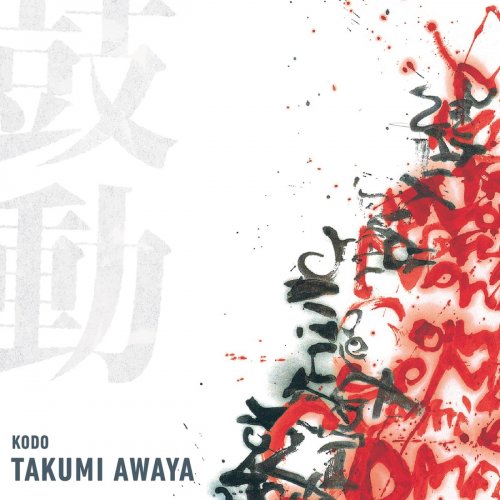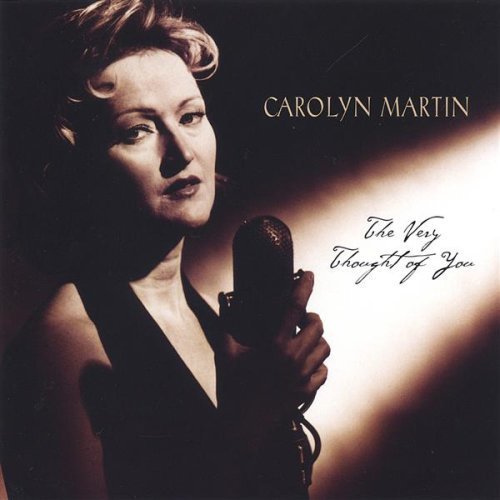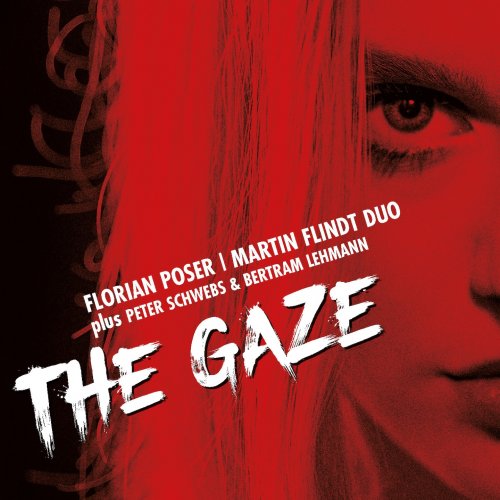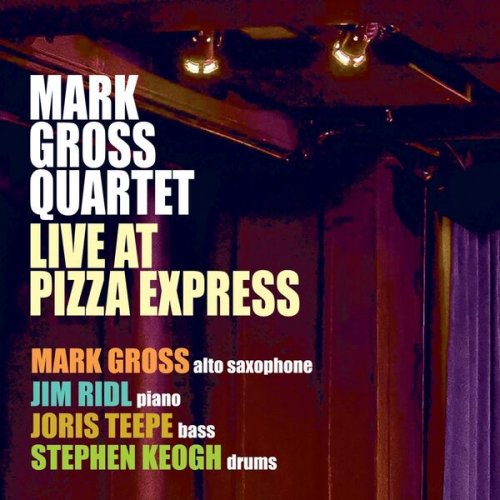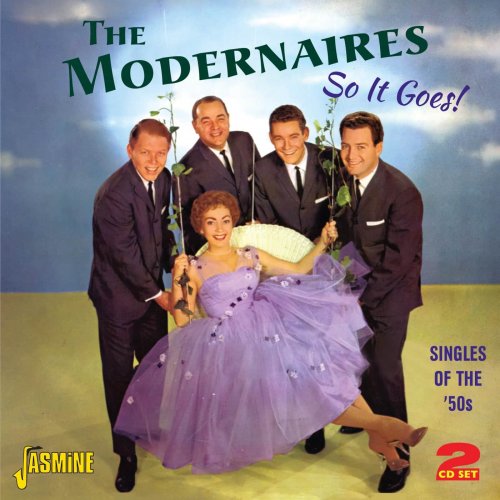Conrad Schnitzler - Slow Motion (2024)
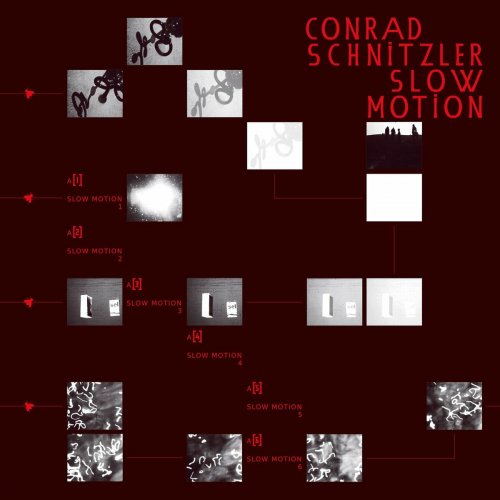
Artist: Conrad Schnitzler
Title: Slow Motion
Year Of Release: 2024
Label: Bureau B
Genre: Electronic, Krautrock
Quality: FLAC (tracks)
Total Time: 45:28
Total Size: 250 MB
WebSite: Album Preview
Tracklist:Title: Slow Motion
Year Of Release: 2024
Label: Bureau B
Genre: Electronic, Krautrock
Quality: FLAC (tracks)
Total Time: 45:28
Total Size: 250 MB
WebSite: Album Preview
1. Slow Motion 1 (6:03)
2. Slow Motion 2 (2:35)
3. Slow Motion 3 (2:51)
4. Slow Motion 4 (7:44)
5. Slow Motion 5 (3:32)
6. Slow Motion 6 (0:58)
7. Slow Motion 7 (1:37)
8. Slow Motion 8 (2:46)
9. Slow Motion 9 (2:28)
10. Slow Motion 10 (3:55)
11. Slow Motion 11 (2:25)
12. Slow Motion 12 (2:34)
13. Slow Motion 13 (1:28)
14. Slow Motion 14 (4:38)
The 1960s weren’t just about The Beatles, the Rolling Stones and hippies, they also ushered in new forms of art: happenings, Fluxus, Neo-Dada, video art, to name just a few. As borders blurred, pop influenced art and art influenced pop. Many protagonists of the time chose to ignore borders altogether. This chaotic, euphoric atmosphere of extreme innovation lasted well into the 1970s and continues to resonate today. All manner of trailblazers shaped the soundscape of the era. Conrad Schnitzler (born 1937) and Karl Horst Hödicke (born 1938) – longstanding members of the official artistic canon – were multifunctional artists who painted, performed, sculptured, made films and music. They were always to be found on the edge of the “permissible” and invariably went beyond “modern” perceptions of art. Schnitzler, Hödicke and many of their contemporaries arrived at a completely new definition of the avant-garde. The circumstances of Schnitzler and Hödicke’s first meeting are unknown, but it should come as no surprise that it was Schnitzler who composed the soundtrack for Hödicke’s film entitled “Slow Motion” in 1976. The two artists were cut from the same cloth, routinely crossing any boundaries they happened to encounter.
Schnitzler wrote music for each of the film’s 14 sequences, linking them together in a logical progression of minimalist imagery. Each piece of music quite brilliantly accentuated the preceding one. Schnitzler’s musical sensibility was wholly compatible with Hödicke’s approach to film. Not that Schnitzler was ever a film composer. “Slow Motion” worked because Schnitzler and Hödicke were on the same wavelength, daring to experiment with sound and vision in such a way that auditory and visual components were interdependent. Nevertheless, it still makes sense to release the soundtrack without the images.
The tracks on “Slow Motion” vary in length (the shortest is only 58 seconds long) and mood, but the listener never has to leave Schnitzler’s sonic universe, even without the pictures for which the music was composed. “Slow Motion” is an important document in Schnitzler’s oeuvre, seamlessly taking its place alongside his many other releases, whilst also highlighting his constructive input as an equal partner in an experimental film production. What makes “Slow Motion” particularly worth listening to is the fact that Schnitzler surrenders none of his aesthetic independence at any point in the project. It is an enduring document of its time. Asmus Tietchens, 2024
Schnitzler wrote music for each of the film’s 14 sequences, linking them together in a logical progression of minimalist imagery. Each piece of music quite brilliantly accentuated the preceding one. Schnitzler’s musical sensibility was wholly compatible with Hödicke’s approach to film. Not that Schnitzler was ever a film composer. “Slow Motion” worked because Schnitzler and Hödicke were on the same wavelength, daring to experiment with sound and vision in such a way that auditory and visual components were interdependent. Nevertheless, it still makes sense to release the soundtrack without the images.
The tracks on “Slow Motion” vary in length (the shortest is only 58 seconds long) and mood, but the listener never has to leave Schnitzler’s sonic universe, even without the pictures for which the music was composed. “Slow Motion” is an important document in Schnitzler’s oeuvre, seamlessly taking its place alongside his many other releases, whilst also highlighting his constructive input as an equal partner in an experimental film production. What makes “Slow Motion” particularly worth listening to is the fact that Schnitzler surrenders none of his aesthetic independence at any point in the project. It is an enduring document of its time. Asmus Tietchens, 2024
Download Link Isra.Cloud
Conrad Schnitzler - Slow Motion FLAC.rar - 250.6 MB
Conrad Schnitzler - Slow Motion FLAC.rar - 250.6 MB

